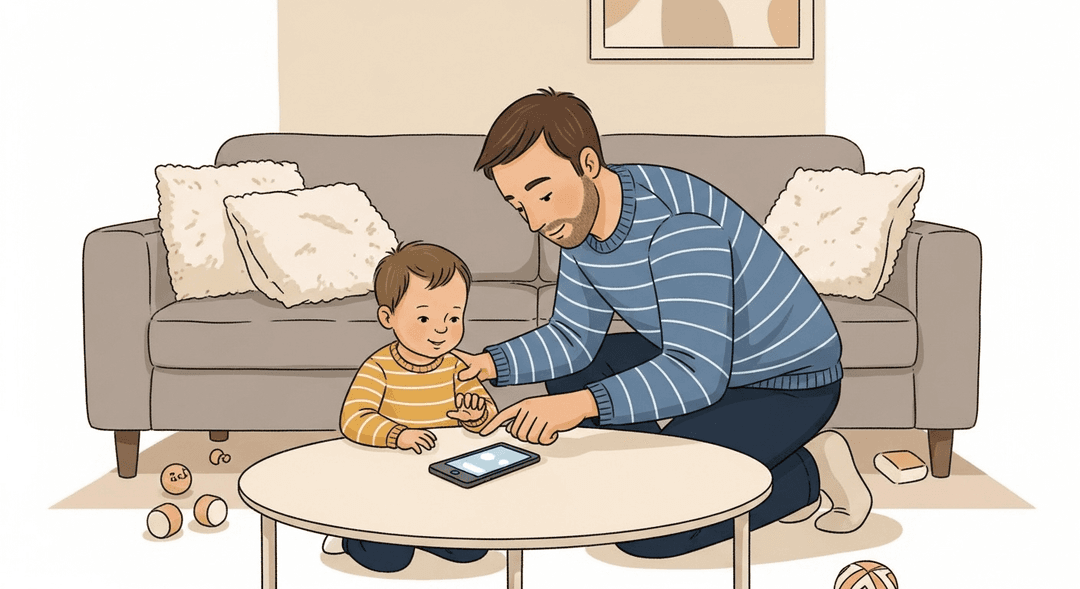Provide 'Emotional Gentleness'
Look, I’m not saying you need to channel your inner Mr. Rogers every time your kid tries to use your phone as a chew toy, but there’s magic in being both the soft pillow and the sturdy wall. If you’ve ever tried to say 'no' while also resisting the urge to lecture or bribe with a cookie, this one’s for you. Emotional gentleness is basically Jedi mind tricks for parents—firm on the rules, soft on the soul. Great for anyone who’s tired of feeling like the household bouncer.
Combining firmness with kindness helps your kiddo’s brain wire up for trust, resilience, and emotional regulation. When you set limits with warmth, you’re literally helping their prefrontal cortex grow up strong—think of it as emotional weightlifting for their developing brain. For you, it means less guilt and fewer meltdowns (theirs and yours), plus a better shot at raising a tiny human who doesn’t turn into a tiny tyrant.
How to do it
-
Take a deep breath before responding. Seriously—oxygen is your friend. This helps you stay calm and collected.
-
Get down to your child’s level, both physically and emotionally. Use a calm, steady voice to show you’re present and supportive.
-
State the boundary clearly. For example:
“I can’t let you jump on the dog.” -
Acknowledge your child’s feelings. You might say:
“I know it looks fun, and you’re excited.” -
Offer an alternative activity:
“Let’s jump on the couch cushions instead.” -
Hold the line—don’t waffle! Stay consistent with your boundary, but keep your tone gentle and reassuring.
-
Repeat as needed. Parenting often means reinforcing boundaries multiple times, so patience and consistency are key.
Tips:
- Stay calm, even if your child is upset.
- Use simple, direct language.
- Validate emotions before redirecting behavior.
- Consistency helps your child learn what to expect.
- Remember, it’s normal to repeat yourself—change takes time.
